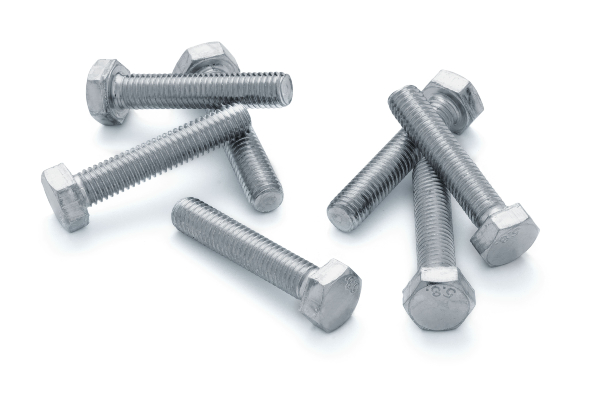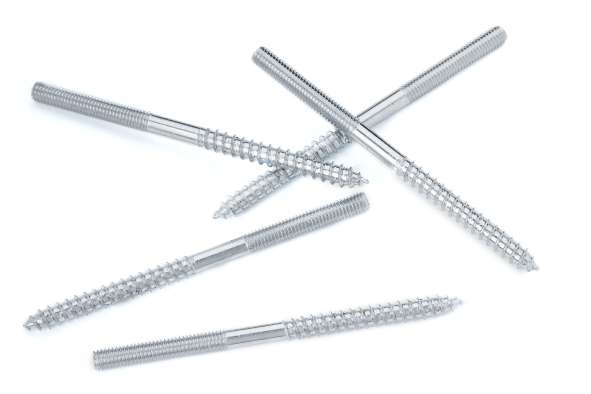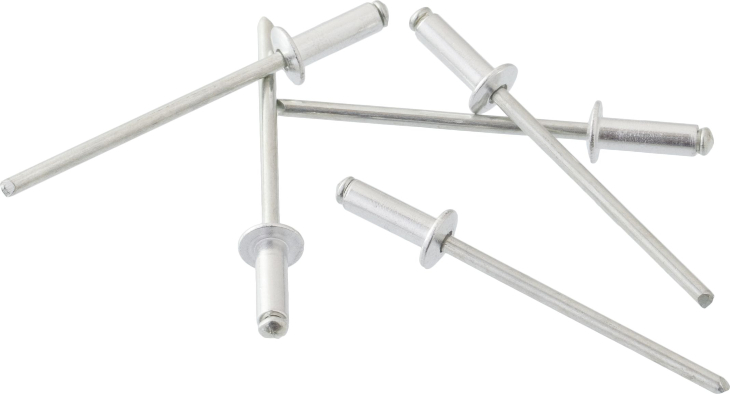
Longitudinal joint
The longitudinal joint is a key component in the construction of suspended ceilings, serving to connect two or more longitudinal support profiles. This type of connector is essential for creating stable and durable grids on which ceiling panels, lighting, ventilation systems, and other ceiling components are mounted.
Applications: Longitudinal joints in suspended ceiling constructions are crucial in various locations and situations, including:
-
Offices: Used to create grids for suspended ceilings, on which lighting, cables, ventilation, and other elements are installed.
-
Retail Stores: Employed in the installation of suspended ceilings in retail environments, where price tags, decorative, and promotional lighting can be displayed.
-
Industry: In industrial settings, suspended ceilings with grids are frequently used for cable management, installation of industrial lighting, and air conditioning systems.
Benefits:
-
Stability: Longitudinal joints allow for even weight distribution across the longitudinal support profiles, ensuring the stability of the entire structure.
-
Customization: The availability of various sizes and configurations enables the joints to be tailored to specific project needs.
-
Durability: Made from robust materials, they provide long-lasting performance in diverse environments.
-
Easy Installation: Longitudinal joints are easy to install, speeding up the process of creating suspended ceiling grids.
Recommended
- Group
- 5156





